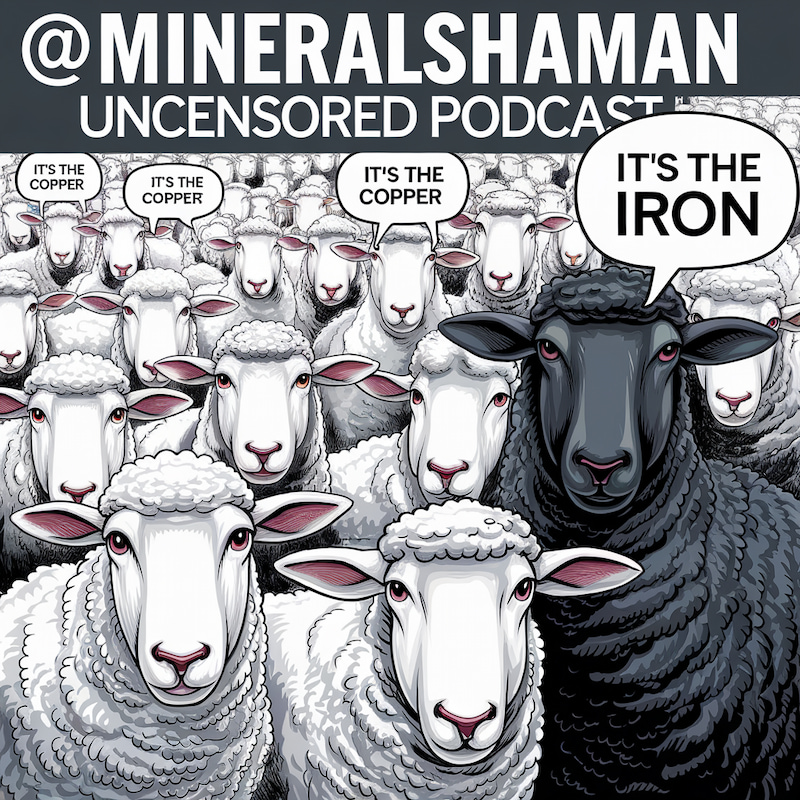You Can’t Microdose Out of Mineral Starvation
If you believe more serotonin equals more happiness, think again. That entire premise – peddled by Big Pharma to push antidepressants – is fundamentally flawed.
In reality, excess serotonin contributes to anhedonia – the inability to experience pleasure. Anyone prescribed SSRIs recognizes this zombie-like state plotted between depression valleys. Elevated serotonin also can manifest as gastrointestinal issues and asthma. After decades as society’s most-popped pills, these serotonin boosters haven’t created joy. They simply suppress.
The Microdosing Dilemma
Today, the concept of microdosing potent serotonergic psychedelics like LSD and psilocybin gained traction for similar mood-boosting reasons. But this practice likely just perpetuates depletion underneath temporary highs.
Firstly, if microdoses do lift mood, the mechanism would not be increased serotonin, contrary to popular rationalizations. Those explanations remain pharmaceutical propaganda.
Secondly and more critically, serotonergic substances stress mineral reserves. Psilocybin, LSD and analogs drain magnesium, thereby taxing calcium, sodium and potassium too. Copper follows, leaving its dependent enzymes lagging. Thus depression returns, anxious thoughts multiply, triggering further mineral loss. The only escape is first pausing activities that leech nutrients, including microdosing.
Healing requires rebuilding depleted stores through intentional, steady replenishment. Something microdosing’s biochemical rollercoaster cannot achieve long-term. Each dose may provide perceptual spice, but inevitably worsens nutritional crisis.
Dopamine: The Real Mood Mineral
If not serotonin, what’s the true “happy molecule”? Dopamine. Wrongfully blamed for addiction, dopamine only compels behaviors that feel good because it’s lacking intrinsically. Restoring status through copper-rich nutritional balancing fosters stable contentment where fleeting fixes lose appeal.
In summary, microdosing leads to progress-reversing mineral loss for those needing stability most. Once nutritional health is reclaimed, these tools can expand consciousness immensely. But first a strong foundation must rise through replenishment. Avoid quick-fix chemical tactics like the SSRIs they mirror. In striving beyond struggles, slow nutrition proves the wise path.






